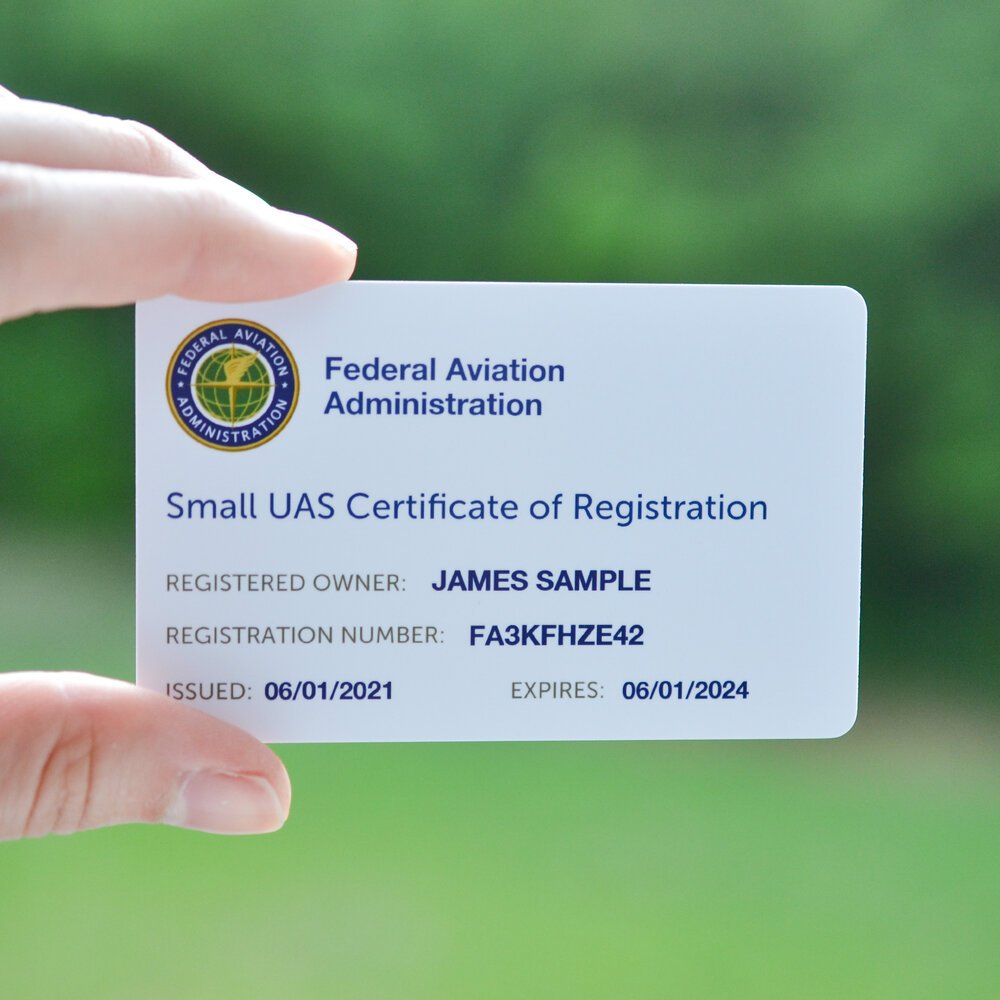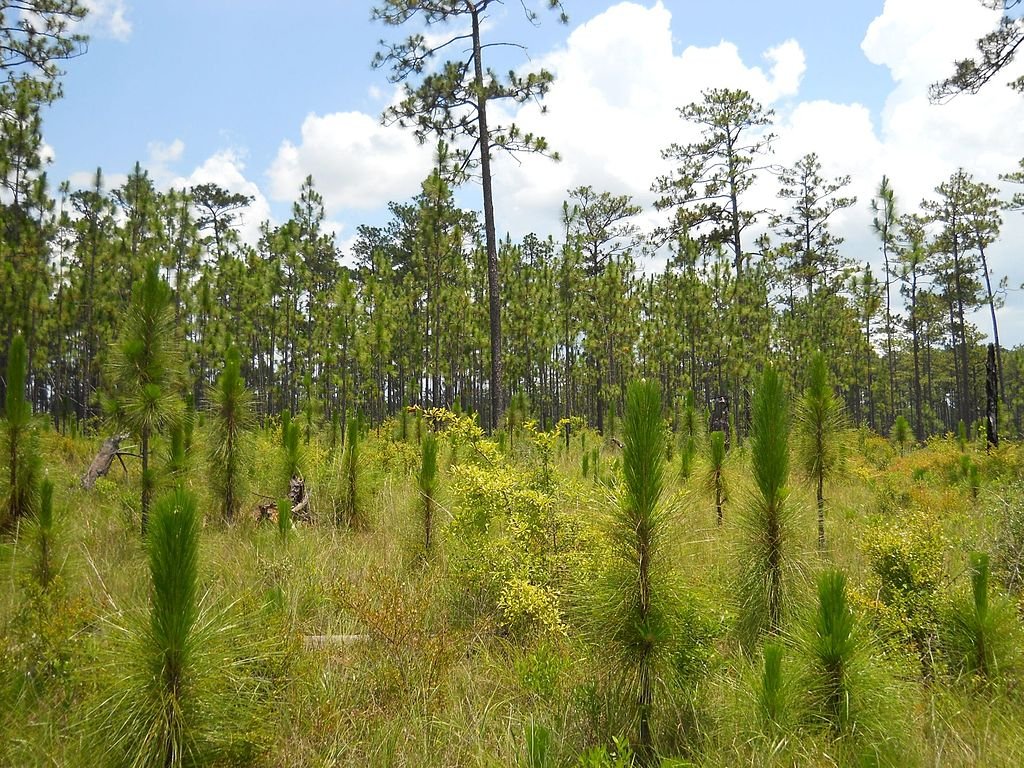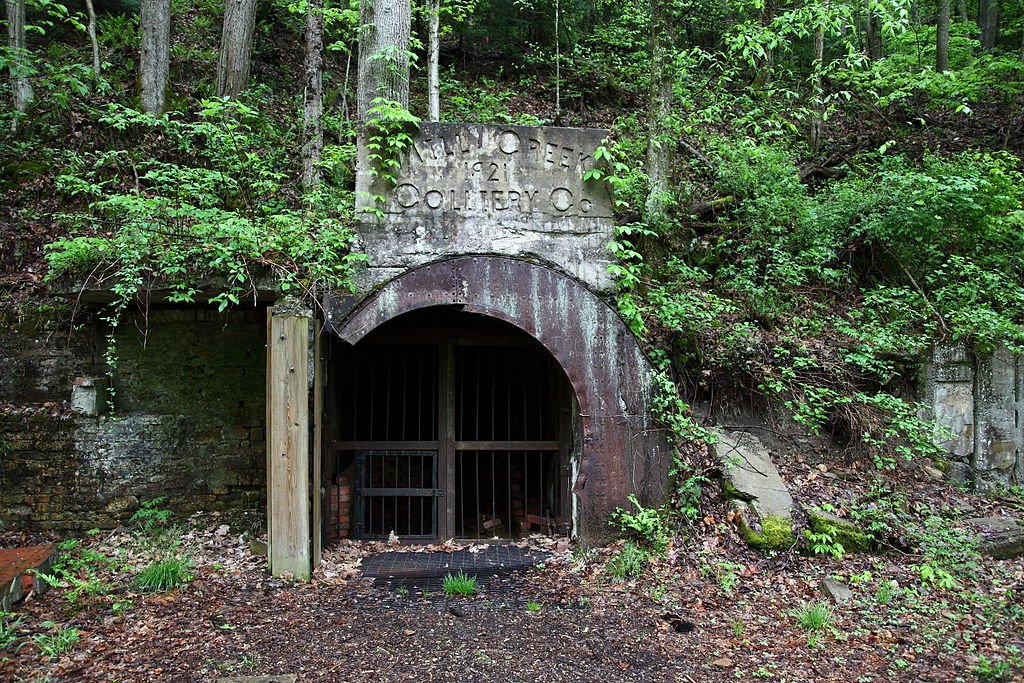
How to Become Part 107 Certified
Do you like flying drones? Do you own your own drone? Are you interested in being employed as a commercial drone pilot or starting your own drone business service business? It can be challenging to manage becoming Part 107 certified on your own, so we’ve compiled a list of steps to help you get there.

The Decline of the Longleaf Pine
Spanning across 90 million acres, longleaf pine trees used to be one of the most abundant pine species in North America prior to colonial times. Due to their value in regards to turpentine and timber, forests were cut down, and now only about 4 million acres of longleaf pine trees remain.

Trees and Run Off
Trees are the lungs of the Earth. They take in carbon dioxide and produce precious oxygen to sustain life. While trees help to clean the air, they also play an important role in regulating runoff. Runoff is created by rainwater that is not absorbed into the ground. When water passes over these surfaces, it picks up whatever is in its path like garbage, plastic, rocks, dirt, etc. These pollutants cause drains and waterways to back up. Pollutants in the waterways also usually find their way into our lakes, bays, and oceans, further damaging our ecosystem.

Mining Reclamation
Abandoned mines might seem like they have become a beautiful part of nature, but they pose an immense danger to those in the surrounding area and the environment. Abandoned mines have a number of dangers that are often overlooked. There are also growing concerns of the prolonged effects abandoned mines pose to the environment.

Pollinator-friendly Solar Solutions
With the looming threat of climate change, many nations are attempting to find clean energy solutions. The United States has been researching solar power as an alternate method to burning fossil fuels for creating electricity. There are many benefits to using solar energy, but solar panels tend to take up a lot of space, leaving numerous plots of land unused. To combat the waste of space, scientists have developed new advancements to maximize profits, both fiscally and environmentally. Advancements in agricultural technology have led to the introduction of cover crops, wildflowers, and food crops being grown underneath solar panels as “pollinator-friendly solar,” solutions.

10 Reasons Why Reboot Reforestation Plants with Seedballs
Our seedballs have many benefits that come with planting with them. Along with being a simple and easy planting method, our seedballs improve seed germination. Uses can include gardening, reforestation, and restoration of marshes, grasslands, wetlands, and forests.

The Challenges Facing Reforestation Efforts
Reforestation is a way to improve forest health and combat deforestation, which is the permanent removal of trees to convert the land for non-forest use. But reforestation isn’t as simple as planting a few trees and immediately reaping those benefits. There are struggles that come along with the process.

Pacific Northwest Impacted by Climate Change
The negative effects of climate change were seen once again two weeks ago along the Pacific Northwest when a record-breaking heat wave killed more than one billion sea creatures. As temperatures climbed above 100 degrees Fahrenheit for four days in June, breaking temperature records, the sea animals began to wash ashore in the following weeks.

The Cost of Climate Change
Climate change is the change in the average conditions like temperature and rainfall in a climate system. The effects of global climate change on the environment are visible from the shrinking glaciers to the extreme weather patterns, and these effects come with a price tag.


Tracking Carbon Dioxide Emissions and Carbon Sequestration of Longleaf Pine
The longleaf pine plays a large role in storing carbon emissions. According to a study conducted by a research team led by Lisa Samuelson, the director of the Center for Longleaf Pine Ecosystems and a professor at Auburn University, as much as 39% of overall ecosystem carbon can be stored in the trunks and branches of longleaf pine.

Ecosystems Spotlight: Forests, Grasslands, Coastal, Marshes, and Watersheds
An ecosystem is made up of living and nonliving parts. All the interactions between these parts are linked, creating a complex community. But that doesn’t mean ecosystems have to be large; a puddle can be just as much of an ecosystem as a desert.

Why We Need Healthy Forests
Forest health is defined by the Society of American Forests as “the perceived condition of a forest derived from concerns about such factors as its age, structure, composition, function, vigor, presence of unusual levels of insects or disease, and resilience to disturbance.” A healthy forest is an intricate system balanced by all of its interacting parts: climate, environment, plants and animals, and humans. When one of these parts overpowers the system, then the forest health is affected.

Invasive Species Spotlight: Wild Boar, Popcorn Tree, Japanese Beetle, and Apple Snail
Invasive species are non-native organisms that negatively affect their new ecosystems, causing environmental and economic harm. These organisms can be brought to new environments accidentally, like the Japanese beetle, or on purpose, like the popcorn tree. What invasive species all have in common is their adaptability and the harm they cause native plants and animals, property, and the economy.

The Importance of the Longleaf Pine Savanna
The longleaf pine (Pinus Palustris) is the foundational species of the longleaf pine savanna. Longleaf pine savannas are home to a tremendous diversity of mammal, amphibian, reptile, bird, and plant species. This extraordinary ecosystem was foundational to the building of American biodiversity, America’s Navy, and America’s economy. Due to overexploitation, this diverse, rich ecosystem is fading and on the brink of collapse, but several state- and nation-wide initiatives are resurrecting this phoenix forest one acre at a time.

COVID-19: Its environmental impact and what we can learn from a global pandemic
Daily life as we know it has come to a halt, but outside of our everyday lives and conveniences, nature is having the chance to heal.